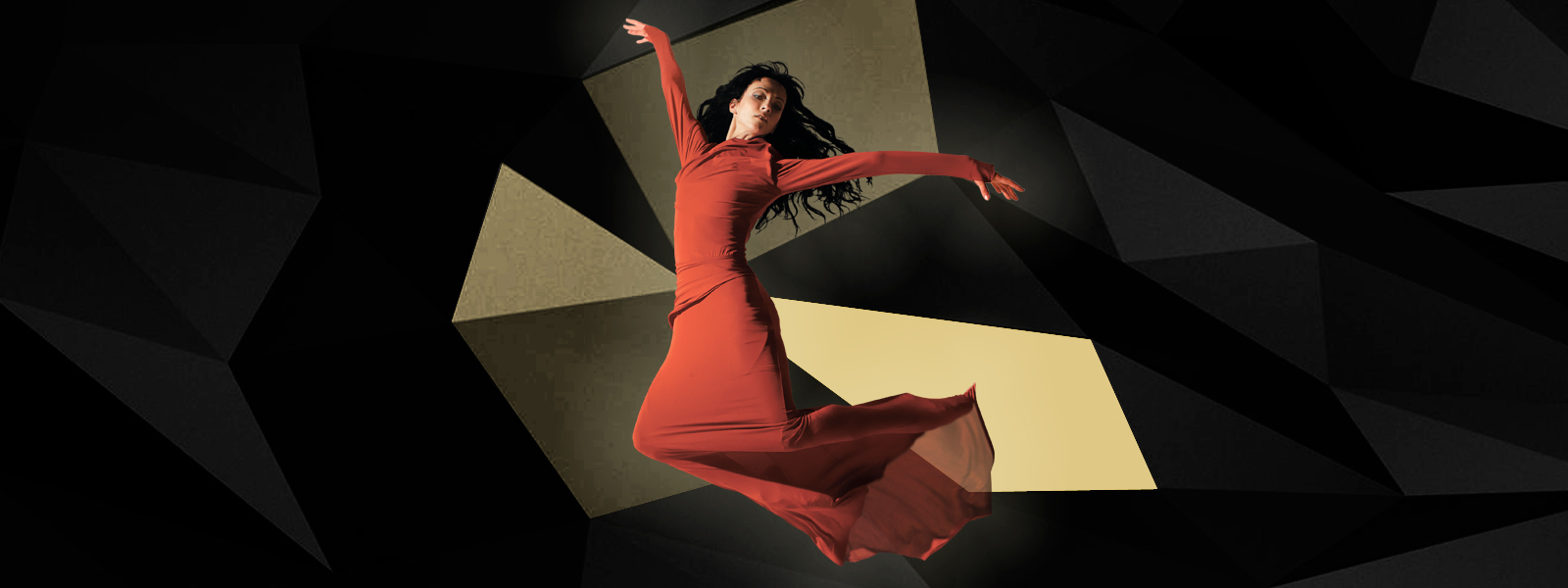Romeo and Juliet was the first full ballet choreographed by Kenneth Macmillan for the Royal Ballet. The task of mounting a three-act ballet to Sergei Prokovief’s music after the stupendous effect of Leonid Lavrovsky’s production brought by the Bolshoi Theatre to London in 1956 was enormous for the young choreographer. MacMillan received a blessing from Frederic Ashton, who already staged his version for the Royal Danish Ballet in 1955.
Despite the lingering influence of Lavrovsky’schoreography and the already influential version by the Stuttgart Ballet, choreographed by John Cranko in 1962, Macmillan discovered his own approach to the Shakespearean story. The balcony pas de deux, composed for Lynn Seymour and Christopher Gable and broadcast by the CBC in December of 1964, lay at the heart of the future production. Macmillan had a particular genius for making a pas de deux into a genre of its own by combining the forceof a poetic narrative with a distinctive interaction between the two characters. In the balcony scene, Macmillan focuses on the discovery of love by the two very young characters, whose movements are sensuous and delicate, curious and overwhelmed at once. The speed of their movements, the impetuous arabesques and renversés of both characters, Juliet’s arching body in the lifts—all bespeak the mystery and suspense of love. Daringly for the period, Macmillan opted for a long kiss on stage at the end of the pas de deux, which came not as an interruption of the action but as the outcome of a fluid, ebullient dialogue between the lovers.
Lynn Seymour, who was MacMillan’s muse for Juliet, did not dance the opening night of the full version of the ballet in Covent Garden on November 9, 1965. Margo Fonteyn and Rudolf Nureyev were considered a stronger commercial draw, much to the disappointment of Seymour and Gable, who had worked closely with the choreographeron creating the ballet. Fonteyn’s and Nureyev’s interpretation of the roles was different but powerful enough to make for 46 curtain calls after the end of the performance. Macmillan’s version of Romeo and Julietbecame one of the most recognized versions of Prokofiev’s ballet for the twentieth century.


